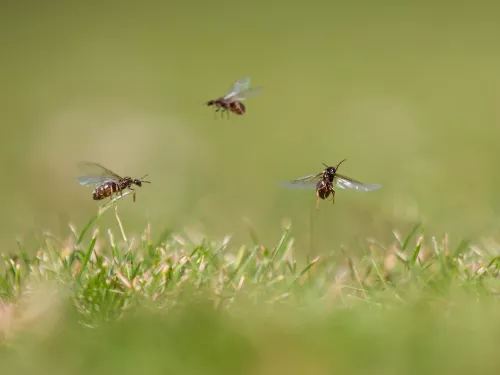
What is flying ant day & when is it?
Sara Booth-Card, ecologist, peatlands and Action For Insects campaigner at The Wildlife Trusts, looks out for the telltale signs of flying ant days and shares her love for the underground world of ants.
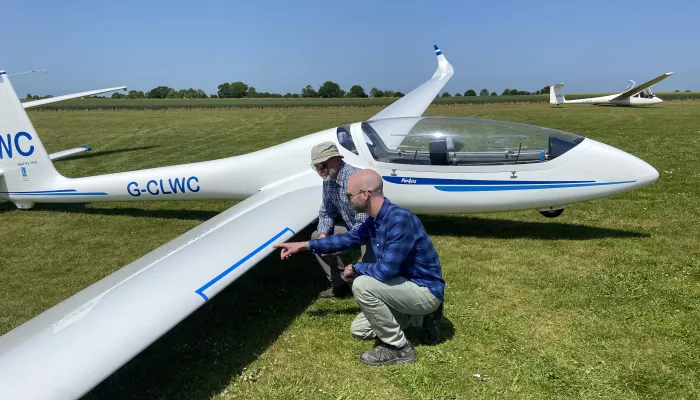

Members of the gliding club had experimented with a marked area on the wing of their main training glider. During our visit, Lawrence and Adrian delved into how to roll this out across the gliding club. Each flight is recorded using a GPS signal which gives position and altitude information for the entire flight to accompany the bug splat data. By counting the number of insect splats on glider wings during flights, we could gain insights into insect abundance at altitudes far above ground level – a region largely unexplored when it comes to insect studies. Lawrence’s expertise in data collection and analysis provided guidance on how to ensure the accuracy and significance of the collected data to add to the invaluable citizen science data that is already being collected as part of the Bugs Matter survey.
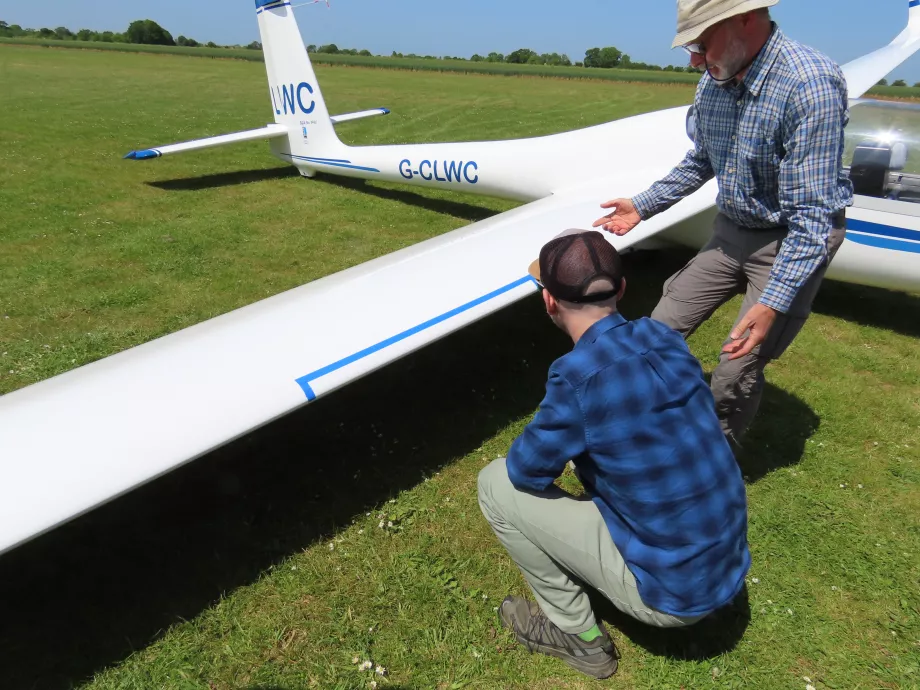
The highlight of the day was undoubtedly the chance to experience gliding firsthand. After volunteering Lawrence to take the first flight, it was my turn to take to the skies. Strapped into the cockpit alongside Adrian (and after a quick parachute safety briefing), we were towed into the air with a winch, accelerating to around 60mph in 3-4 seconds. Our glider was then released to ride the thermals independently. The sensation of floating effortlessly and in near silence, felt both serene and exhilarating at the same time. Adrian spent time explaining what we could see below us, and even let me have a go at controlling the glider myself!
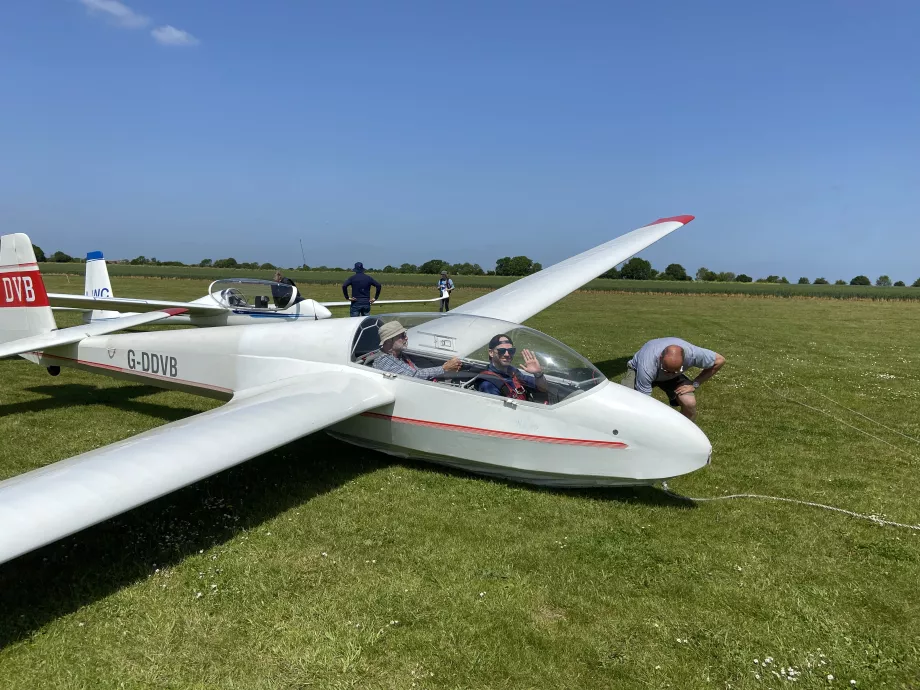
The Bugs Matter methodology, practiced by thousands of citizen scientists in their cars on the ground, is now taking off in more ways than one. The data collected by the Bugs Matter survey, Essex and Suffolk Gliding Club, and that of other gliding clubs should they be inspired by these efforts, has the potential to provide unique insights into our understanding of insect populations and their distribution. Insects play a crucial role in our ecosystems – pollinating plants, decomposing organic matter, forming the basis of many food chains; without them, life on Earth would collapse. The data from Bugs Matter and collaborations like these could have far-reaching implications for effective insect conservation policy and practice.
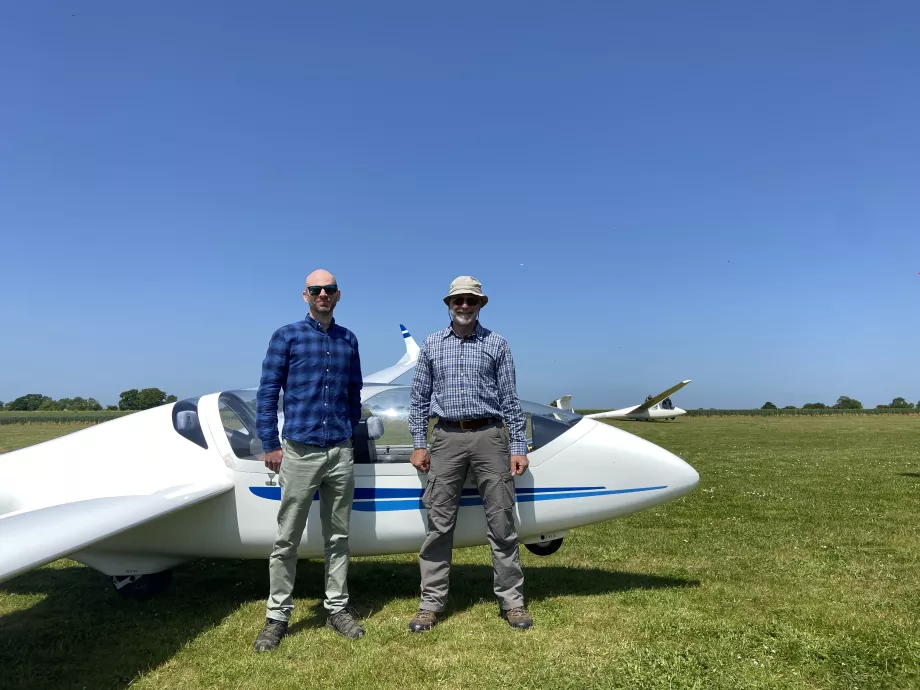
Our visit to the Essex and Suffolk Gliding Club exemplified how diverse fields can come together to unravel mysteries and drive scientific progress. We’re excited to see what the data from the gliding club shows us, and encourage any other gliding clubs to get in touch! The Bugs Matter survey is running until 31 August, so there is still time for all citizen scientists across the country to contribute crucial scientific data using their cars. Simply download the free Bugs Matter app to log the number of bugs splatted on your vehicle number plate after carrying out essential journeys. In August, we are encouraging everyone to take part in the Great British Bug Off – a special effort to remember to record all of your essential journeys before the Bugs Mater survey season ends! We have even created some free printable resources to remind you to take part.

Sara Booth-Card, ecologist, peatlands and Action For Insects campaigner at The Wildlife Trusts, looks out for the telltale signs of flying ant days and shares her love for the underground world of ants.
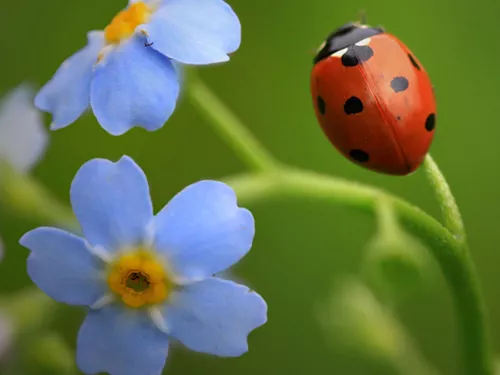
Insects are often overlooked, and yet they play a crucial role in maintaining the health of ecosystems and supporting human survival.

As the temperature is rising, here are a few tips to help the wildlife in the hot weather.